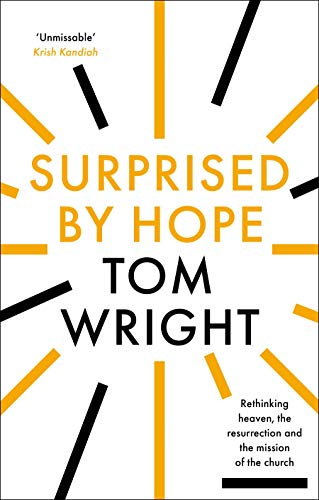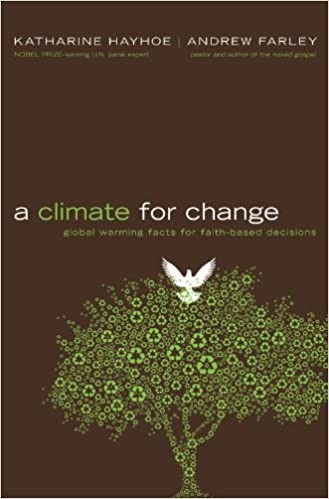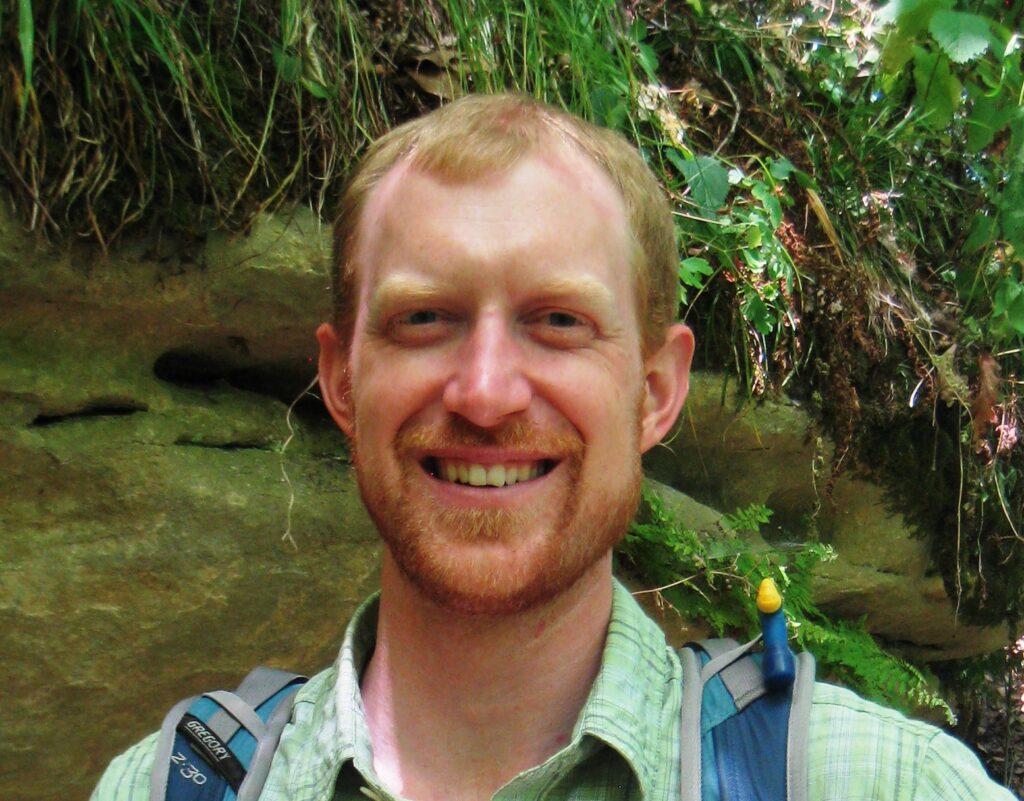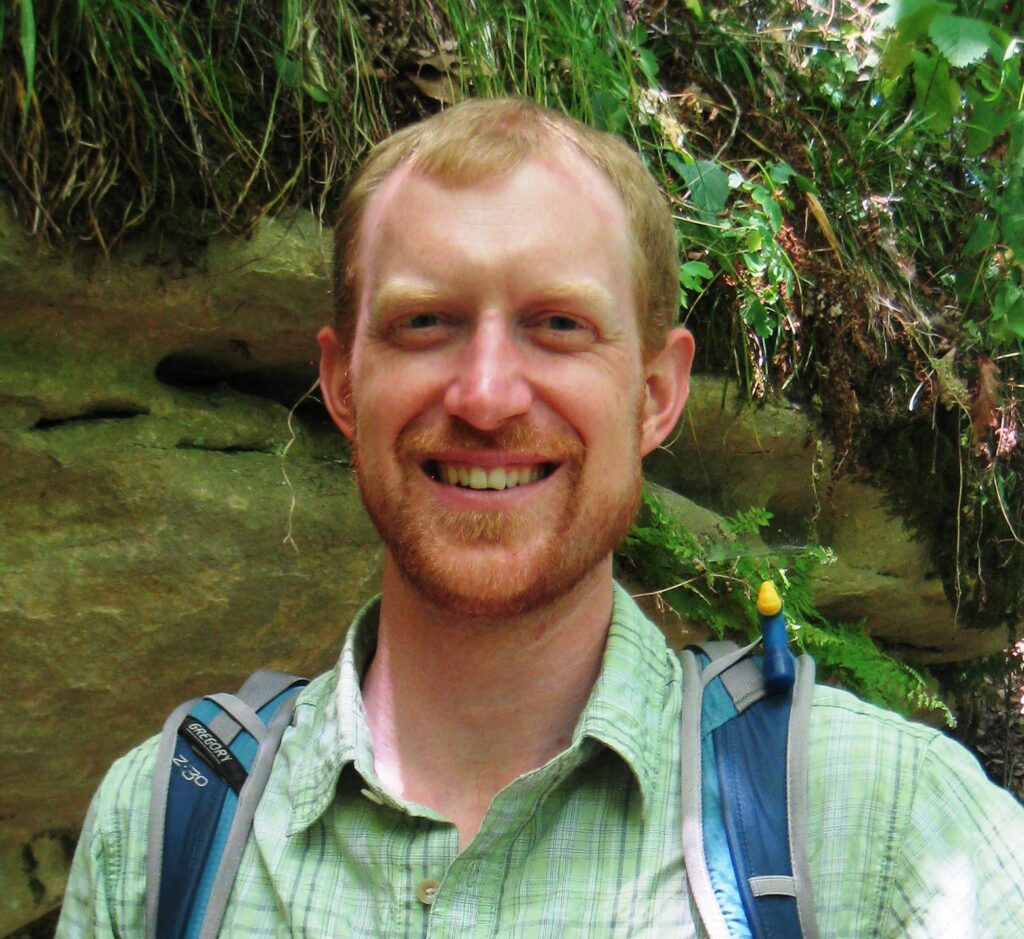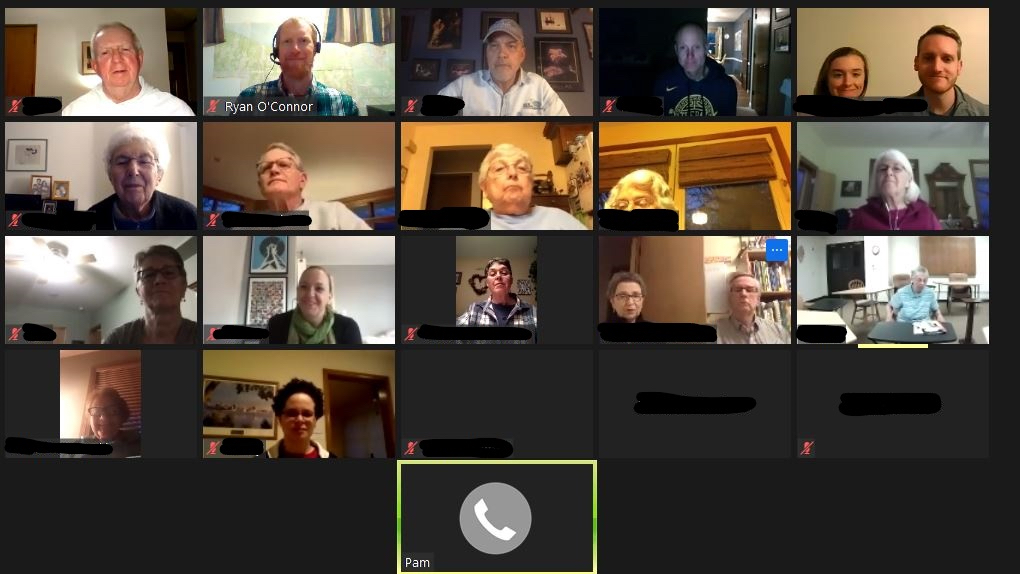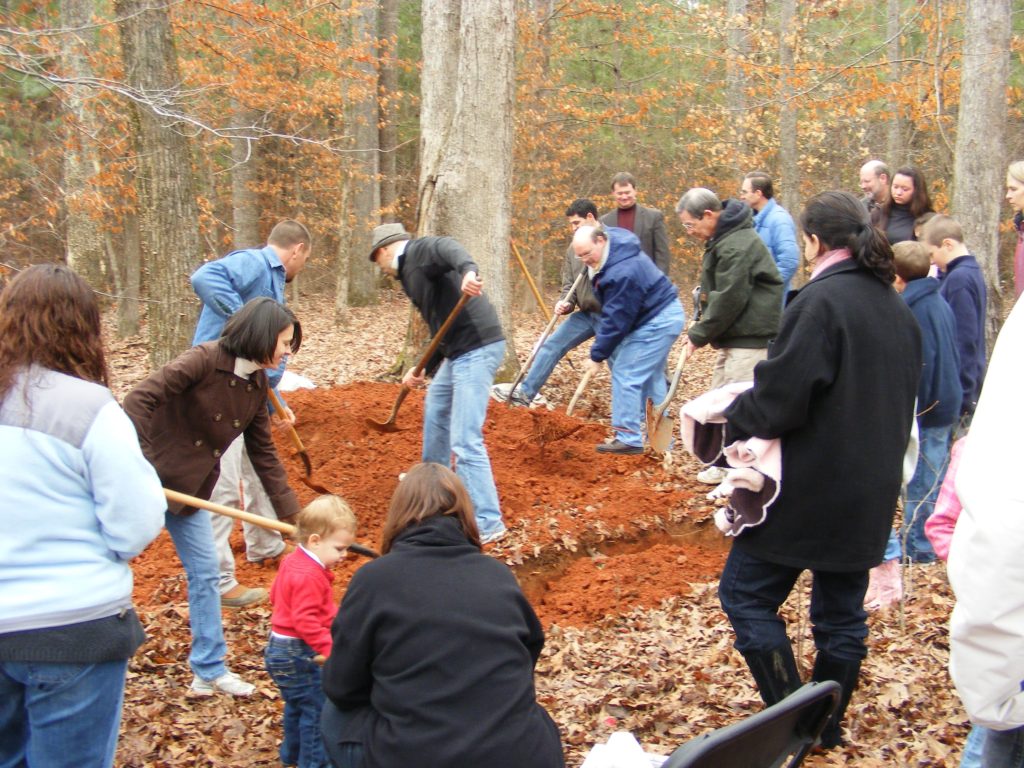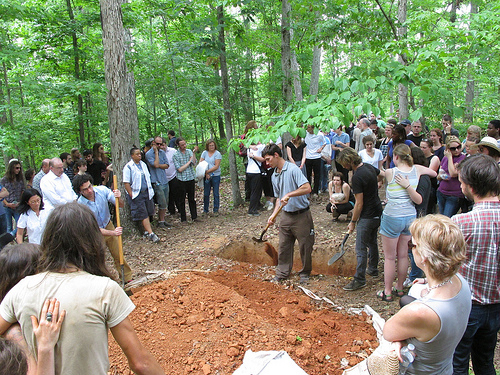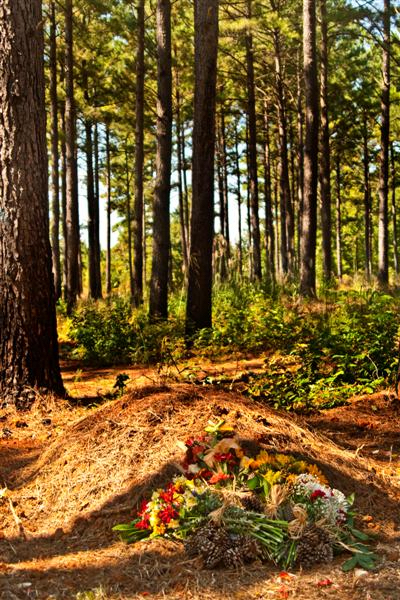There was much that surprised me in N.T. Wright’s book Surprised by Hope.
In the book, the New Testament Scholar and Anglican bishop explains what, in his view, the ultimate future of life will be from a Christian understanding. This includes what our futures will be after we each die. It also includes what God’s ultimate intentions are for this world. And, counterintuitively, he details what response that understanding should prompt in us in our daily lives and in our churches.
I was surprised by, among other things, how strong of a case Wright made for a literal bodily resurrection as our future destiny. This comes from Wright close reading of the Bible. Here, as in other cases, he finds threads that are both conservative and radical at the same time.
But nothing surprised me more than several paragraphs at the end of the chapter that concludes Part II (“Future Plan”). In these paragraphs, Wright forcefully questions our traditional understanding of what salvation is all about.
These paragraphs are so significant that I have shared them below and urge you to read them.
But the most important thing to say at the end of this discussion, and of this section of the book, is that heaven and hell are not, so to speak, what the whole game is about. This is one of the central surprises in the Christian hope. The whole point of my argument so far is that the question of what happens to me after death is not the major, central, framing questions that centuries of theological traditions have supposed. The New Testament, true to its Old Testament roots, regularly insists that the major, central, framing question is that of God’s purpose of rescue and recreation for the whole world, the entire cosmos. The destiny of individual human beings must be understood within that context – not simply in the sense that we are only part of a much larger picture but also in the sense that part of the whole point of being saved in the present is so that we can play a vital role (Paul speaks of this role in the shocking terms of being “fellow workers with God”) within that larger picture and purpose.
The paragraph does not actually end here but, in my humble opinion, it should have. So I encourage you to read that first section again before going on to the second half of the paragraph below.
And that in turn makes us realize that the question of our own destiny, in terms of the alterantives of joy or woe, is probably the wrong way of looking at the whole question. The question ought to be, How will God’s new creation come? and then, How will we humans contribute to that renewal of creation and to the fresh projects that the creator God will launch in his new world? The choice before humans would then be framed differently: are you going to worship the creator God and discover whereby what it means to become fully and gloriously human, reflecting his powerful, healing, transformative love into the world? Or are you going to worship the world as it is, boosting your corruptible humanness by gaining power or pleasure from forces within the world but merely contributing thereby to your own dehumanization and the further corruption of the world?
Below you will find most of the next paragraph. I end my quoting of the paragraph at a natural stopping point.
This reflection leads to a further, and sobering, thought. If what I have suggested is anywhere near the mark, then to insist on heaven and hell as the ultimate question – to insist, in other words, that what happens eventually to individual humans is the most important thing in the world – may be to make a mistake similar to the one made by Jewish people in the first century, the mistake that both Jesus and Paul addressed. Israel believed (so Paul tells us, and he should know) that the purposes of the creator God all came down to this question: how is God going to rescure Israel? What the gospel of Jesus revealed, however, was that the purposes of God were reaching out to a different question: how is God going to rescue the world through Israel and thereby rescue Israel itself as part of the process but not as the point of it all? Maybe what we are faced with in our own day is a similar challenge: to focus not on the question of which human beings God is going to take to heaven and how he is going to do it but on the question of how God is going to redeem and renew his creation through human beings and how he is going to rescue those humans themselves as part of the process but not as the point of it all.
There is so much power in how we frame things.
If the point of Christianity is understood to be the preservation of our individual souls in a heaven that is beyond a earth that is just a temporary place that does not matter to God, then it’s not surprising that Christians ignore or even willingly deplete God’s earth.
But what if the point is, as Wright expressed it above, to be part of God’s desire and purpose to bring everythig God made into peace and harmony?
How different our treatment of God’s earth would be. How different our evangelism would be.
This also puts human exceptionalism into its proper perspective. As I wrote here, “The point of the God-given exceptional role (of humans) is serving God’s purposes.”
We are uniquely gifted in order to uniquely serve.
I find Wright’s framing to ring true in a compelling way.
How about you?
I consistently find N.T. Wright’s insights to be both affirming of the coherence of the Bible itself in ways that inspire me and challenging to the ways so many Christians have come to understand God and Jesus. I highly recommend that you read his books and listen to lectures by him.

